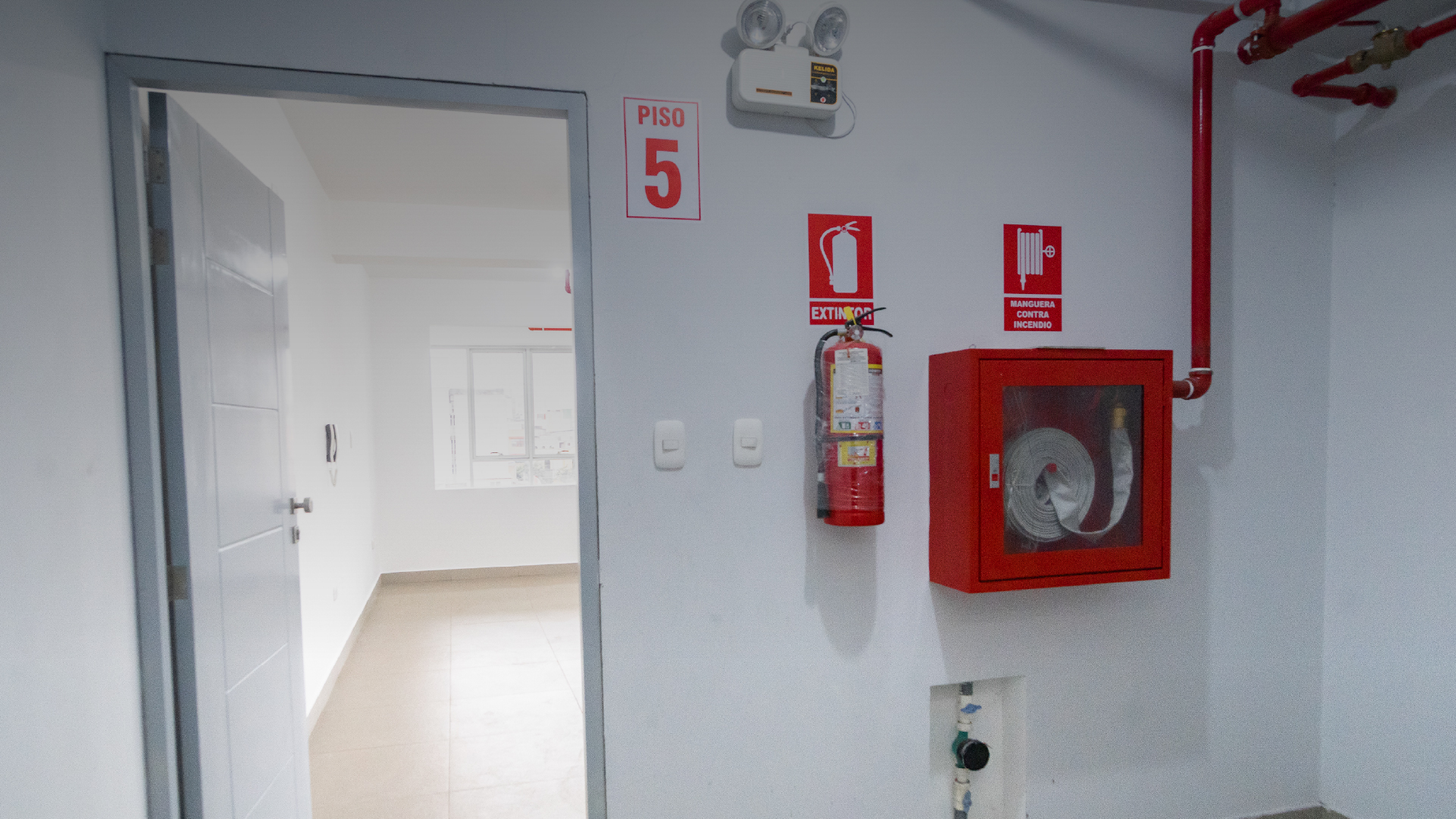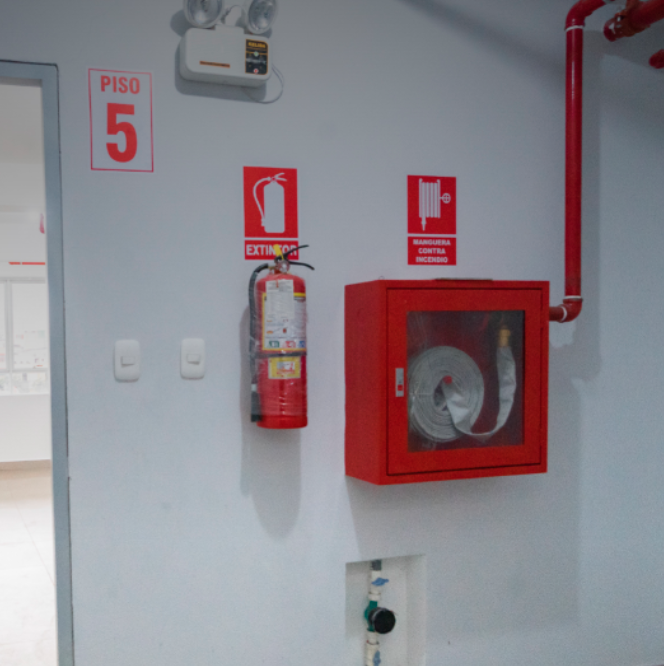
On 31st August 2025, BS 9792 officially came into force, replacing PAS 79-2 as the recognised standard for fire risk assessments. The new standard brings important structural and procedural updates, ensuring that FRAs remain aligned with current legislation, industry best practice, and the evolving challenges of modern building safety.

1st October 2025
Salma Crisp MRICS
Key Changes in BS 9792
The new standard makes direct reference to PAS 9980, particularly in relation to external wall construction and cladding risks in existing blocks of flats. Alongside this, several other principal changes have been introduced:
· A requirement to review previous Fire Risk Assessments.
· Removal of all third-party copyrighted material.
· Introduction of a new pro forma for FRAs.
· Streamlined commentary throughout the document.
· Updated guidance on evacuation requirements, including a new informative annex for people with specific needs.
· General updates to reflect changes in legislation and British Standards since December 2020.

Types of Fire Risk Assessment
The updated standard continues to define four types of FRA:
Type 1: Common parts only (non-intrusive): A visual inspection of accessible areas, generally sufficient for most buildings.
Type 2: Common parts only (intrusive): Includes opening up construction on a sampling basis, usually where deficiencies are suspected.
Type 3: Common parts and dwellings (non-intrusive): Extends to a sample of dwellings, considering internal precautions like alarms and escape routes.
Type 4: Common parts and dwellings (intrusive): The most comprehensive, involving intrusive inspection of both common parts and dwellings, used in high-risk or uncertain circumstances.
These categories ensure the FRA can be tailored to a building’s age, construction type, and occupancy profile.
Software & Reporting Updates
To support compliance with BS 9792, FRA reporting will now include:
· New data collection fields (e.g. building height, internal layout, and non-domestic spaces that may impact fire risk).
· A dedicated section on occupants at higher risk from fire, including those requiring specific evacuation support.
· Recognition of new technologies such as photovoltaic (PV) systems, high-density battery storage, and charging points for mobility devices and electric vehicles.
The Impact of BS 9792
BS 9792 represents more than just an update, it’s a consolidation of best practice, legislation, and technical guidance into a single, practical framework. For building owners, landlords, and responsible persons, it provides clearer expectations, while for residents it enhances safety and trust in the process.
For more information on how we can help, please get in touch - CONTACT US